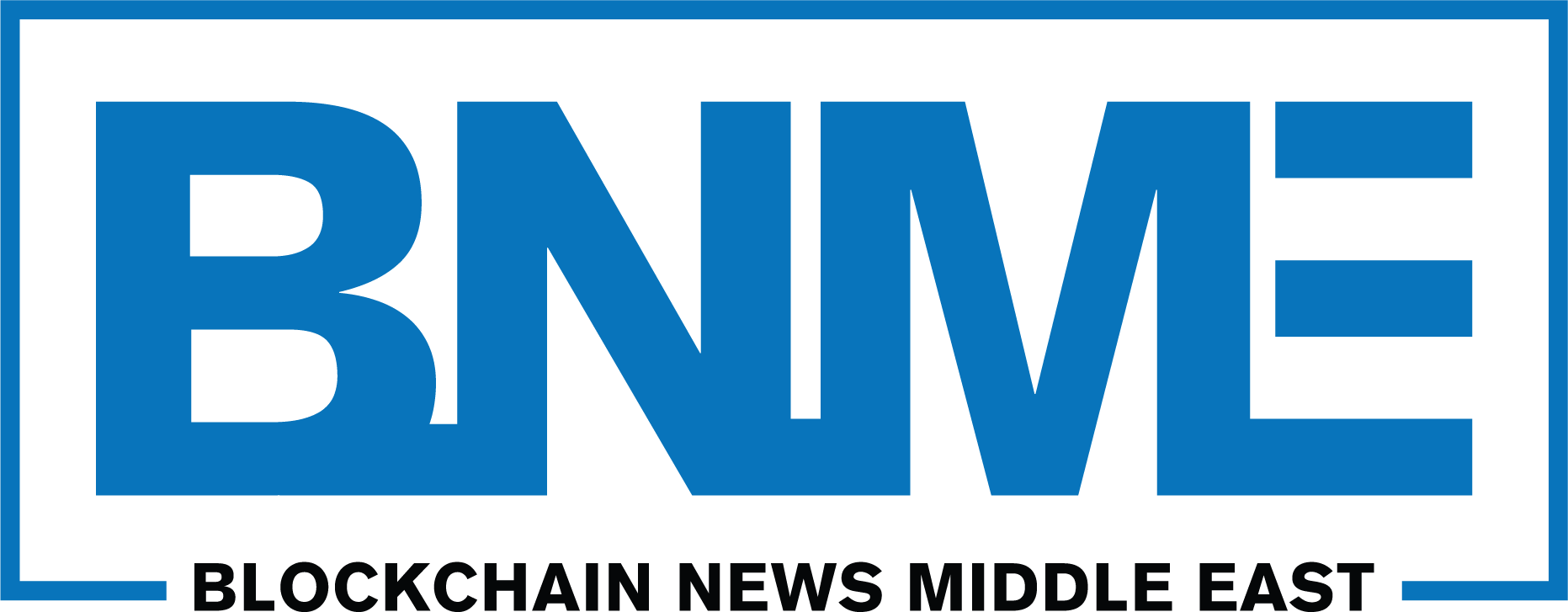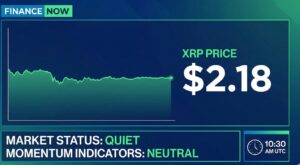Technology has improved financial services. Unfortunately, money laundering and other digital financial crimes have regrettably expanded due to technology. Financial crime losses are at least 2% to 5% of the world’s gross domestic product.
Every year, banks worldwide invest between $900 million and $1.3 billion on Know Your Customer (KYC) and Anti-Money Laundering (AML) systems.
Blockchain technology has secure, transparent, and immutable record-keeping capabilities. Also, the technology solves several issues and inefficiencies with the traditional KYC/AML processes.
Blockchain as a Solution for KYC and AML
Know Your Customer (KYC) and Anti-Money Laundering (AML) policies help lower the risks associated with fraud, money laundering, and terrorist funding. Blockchain technology can be easily incorporated into current procedures to improve their efficacy and security.
Incorporating blockchain integration allows companies to set up a decentralized identity verification system. This way, the companies can secure storage and sharing of customer data in a tamper-proof manner.
Efficiency
Using blockchain in KYC/AML procedures is increased efficiency. Blockchain technology makes it possible to store customer data under a digital identity securely. It eliminates the need for manual data entry and paper-based documentation. This streamlined approach reduces the time and costs associated with standard KYC procedures by optimizing the onboarding process.
Security
Additionally, blockchain greatly improves KYC/AML process security. Traditional KYC/AML systems are vulnerable to data breaches and cyberattacks. This happens because they often store client data in centralized databases. Blockchain solves this problem by using cutting-edge cryptographic methods to safeguard data. In a decentralized system, it is incredibly difficult for hackers to access and modify data.
Real-Time Compliance Monitoring
Blockchain’s immutability and transparency allow for real-time, ongoing monitoring of compliance status and transactional data. This implies that one can easily identify any suspicious or noncompliant activity.
Streamlined Customer Onboarding
Blockchain enables customers to safely save and share their KYC/AML data with many organizations, expediting the client onboarding process. Eliminating the requirement for repetitive document submission and verification improves the overall client experience.
Immutable and Transparent Ledger
Blockchain technology allows financial companies to precisely record every transaction in a transparent, controlled ledger. An irreversible chain of records is created, with each transaction having a digital signature, a timestamp, and a connection to the one before it.
Consortium Blockchains for Enhanced Collaboration
Financial institutions and law enforcement agencies can work together in the field of anti-money laundering via the formation of a blockchain consortium. This makes it possible to share information, work together on anti-money laundering projects, and have a consistent viewpoint on transactions.
Tokenization and Improved Asset Tracking
Asset tokenization creates a transparent and traceable system by allowing ownership and asset transaction history to be recorded on the blockchain.
Data Analytics and Machine Learning
Financial organizations and authorities can identify suspicious transactions, complex money laundering patterns, or relationships between businesses that can point to illegal activity by using data analytics and machine learning algorithms.
Takeaways
Blockchain technology in KYC/AML ensures more security efficiency. Also, it improves asset tracking and data analytics.




























